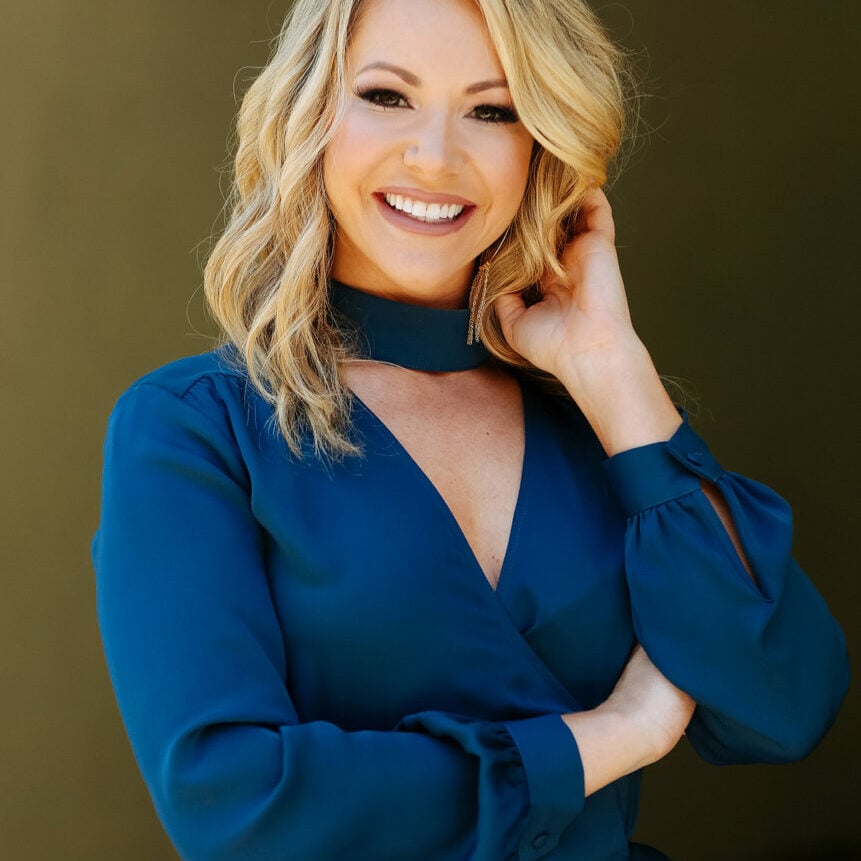The world of aesthetic medicine is booming, with countless procedures promising to enhance beauty, restore youth, and boost confidence. From injectables to surgical enhancements, patients have more options than ever before. However, beneath the glossy social media posts and enticing marketing lies a critical issue: inconsistent training, misleading credentials, and a lack of standardized oversight that can put patients at risk.
Unlike specialties such as cardiology or neurosurgery, which require years of rigorous residency and fellowship training, aesthetic medicine lacks a clearly defined path for credentialing. Many providers performing cosmetic procedures have learned their skills through weekend workshops, manufacturer-sponsored training sessions, or online courses. This creates a wide variation in experience and expertise, leading to potentially dangerous outcomes for unsuspecting patients.
The Hidden Risks of a Growing Industry
One of the most concerning aspects of aesthetic medicine is the broad range of professionals legally allowed to perform cosmetic procedures. In many states, non-plastic surgeons—including nurse practitioners, physician assistants, dentists, and even estheticians—can administer injectables and perform non-invasive treatments under medical supervision. In states such as Nevada, Illinois, and Ohio, estheticians are permitted to offer treatments that, in some cases, should require more advanced medical training.
Adding to the concern, the rapid evolution of new aesthetic technologies often outpaces regulations, leaving gaps in oversight. New laser treatments, body contouring devices, and injectable techniques enter the market frequently, sometimes before long-term safety data is available. Without a standardized approach to training and certification, patients may unknowingly place their trust in underqualified providers performing high-risk procedures.
The Influence—and Deception—of Social Media
Social media has revolutionized how patients choose their aesthetic providers. Platforms like Instagram and TikTok allow practitioners to showcase before-and-after transformations, testimonials, and behind-the-scenes glimpses of procedures. While this transparency can be helpful, it also creates a false sense of security.
Many surgeons post patient results just a few months after surgery, but true final outcomes can take one to three years to fully develop. Swelling, scar maturation, and long-term tissue changes are not always visible in early post-op photos. Furthermore, heavily edited images and carefully curated content can make any provider appear more skilled than they actually are.
The Risks of Choosing the Wrong Provider
Selecting an unqualified or inexperienced provider for plastic surgery or cosmetic procedures can lead to serious consequences, including:
- Botched Procedures – Poor technique can result in asymmetry, unnatural results, or the need for costly revision surgeries.
- Permanent Disfigurement – Nerve damage, severe scarring, and tissue loss can occur when procedures are performed incorrectly.
- Post-Operative Neglect – Inaccessible or overworked surgeons may not provide proper follow-up care, increasing the risk of infection and complications.
How to Protect Yourself
To ensure your safety and the best possible outcome, it’s essential to go beyond marketing and social media hype. Before choosing a provider, take these steps:
- Verify Credentials – Look for board certification in plastic surgery or dermatology from recognized organizations such as the American Board of Plastic Surgery (ABPS) or the American Board of Facial Plastic and Reconstructive Surgery (ABFPRS).
- Additionally, seek surgeons who are Fellows of the American College of Surgeons (FACS), which signifies they have met rigorous standards of training, ethics, and surgical expertise.
- Research Training and Experience – Ask about the surgeon’s residency, fellowship training, and how many times they’ve performed the procedure you’re considering.
- Check Hospital Privileges – Reputable plastic surgeons typically have privileges at accredited hospitals, meaning their skills have been reviewed by other medical professionals.
- Look for Unedited, Long-Term Results – Request to see photos taken at least a year post-op to get a more accurate idea of what to expect.
- Prioritize Patient Safety – Choose a provider who prioritizes safety, follows ethical practices, and is transparent about risks and recovery.
Final Thoughts
Aesthetic medicine offers incredible opportunities for enhancement and self-confidence, but navigating the industry requires caution. With inconsistent regulations, varying levels of provider training, and the influence of social media, it’s essential to do your research before committing to a procedure. By verifying credentials, asking the right questions, and prioritizing safety over hype, you can make informed decisions and achieve the best possible results.





